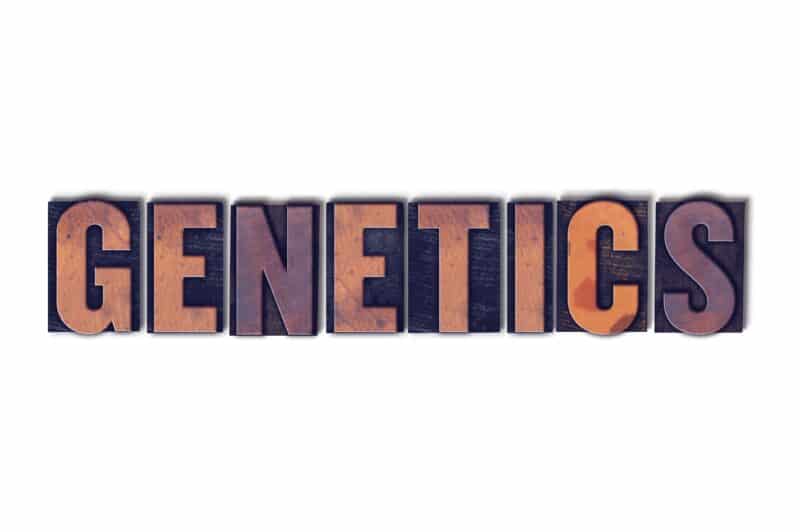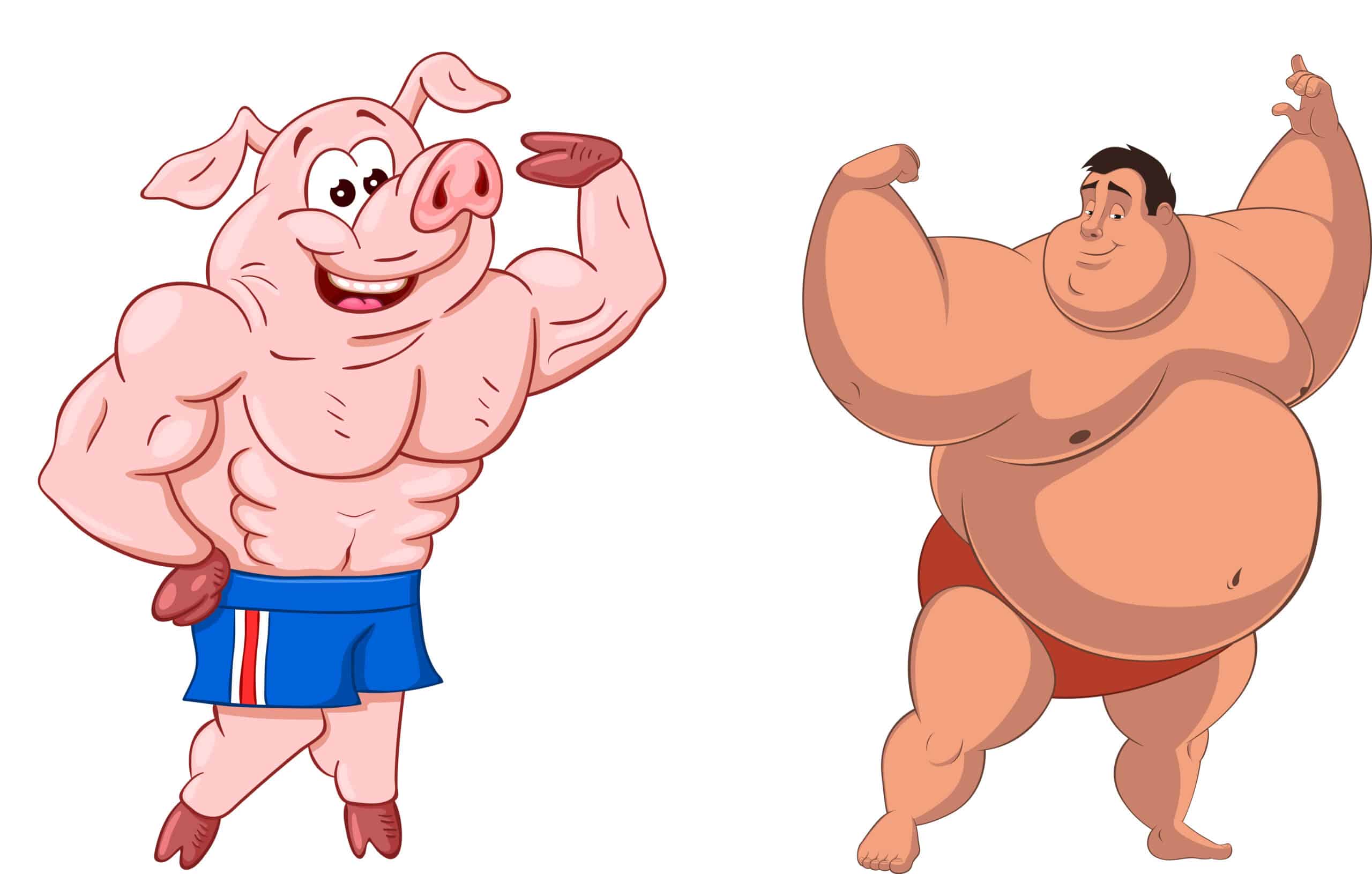Should we eat like a pig to combat obesity?
Should we eat like a pig to combat obesity?
Combat Obesity
(Click on Links in Blue for More Info)
Although it might sound strange, according to a recent study by van Kempen and Zijlstra (1) pigs may be able to teach us thing or two about weight management. As most people are probably aware by now, obesity is a major global public health issue. According to the World Health Organisation obesity has nearly tripled since 1975. In 2016, more than 1.9 billion adults were overweight. Of these, over 650 million were obese. In the UK, approximately two-thirds of the adult population are overweight or obese. Most of the world’s population now live in countries where overweight and obesity kills more people than underweight.
Consequently, numerous diets have been proposed to combat obesity, but as the data shows, with little success. Just Google the term “weight loss diet” and you’ll get 2,780,000,000 results. However, it seems that the concept of ‘eating like a pig’, has not been considered. This is probably because pigs are typically considered to be dirty, lazy, obese creatures that will eat anything and everything in sight, but it seems that these are common misconceptions. For example, pigs are inherently clean animals and, as we will see, will voluntarily restrict their food intake.

Should we eat like a pig to combat obesity? – How similar are pigs and humans?
The war time leader, Winston Churchill, said: ‘I am fond of pigs. Dogs look up to us. Cats look down on us. Pigs just treat us as equals.’ Physiologically speaking, Churchill was right: Pigs and humans have a lot in common. In the wild, both would have consumed omnivore diets, scavenging a variety of plant-based foods, ranging from roots to fruit, as well as eggs, insects, honey, etc, and consuming meat whenever it was accessible. Consequently, our digestive tracts are remarkably similar. So much so, that pigs are high on the list of candidates as cross-species organ donors for man. Pigs and humans are also similar metabolically. For example, prior to the introduction of biotechnology-produced insulin, pig-derived insulin was the primary treatment for type I diabetes, and digestive enzymes harvested from the pancreases of pigs are used to treat human pancreatic insufficiency.
Should we eat like a pig to combat obesity? – Eating patterns
However, a significant difference between modern humans and pigs is that humans typically eat a diet driven by emotion and at times of the day that ‘fit’ with social norms and are convenient. Studies with pigs, on the other hand, indicate that while they dislike certain flavours, when there is no other choice, they will eat foods that are not their first choice, but they try hard to eat at times that match their physiological needs.
When pigs are held in confinement with unrestricted access to food, they eat numerous times throughout the day. These meals, though, are not spread randomly throughout the day; pigs prefer to eat ‘breakfast’, therefore, early in the morning, and dinner, late in the afternoon. This food intake pattern appears to be driven by changes in hormones throughout the course of the day, with melatonin and cortisol as the main drivers. Additionally, insulin, as the key hormone in obesity, apparently induces different effects at different times during the day.
Unlike humans, pigs are smart enough to eat at times that best fit their metabolic needs, but humans appear to have lost this ability. Primitive man arguably spent the day gathering food to prepare a meal in the late afternoon, perhaps consuming left-overs in the morning. So, our natural eating pattern may have matched that of the pig reasonably well.

Should we eat like a pig to combat obesity?
Calorie counting
Modern pigs are raised for meat production. Consequently, great effort is put into understanding the fundamentals of nutrition and how this can be translated into diets that are most efficiently converted into muscle tissue with a low-fat content.
Calorie counting is the basis for managing the diets of pigs and is applied with great accuracy. Energy metabolism is a reasonably simple calculation in which the energy consumed, i.e., kcal from food, needs to find an outlet. These outlets can be tweaked, for example, by exercising. The energy that is ‘left over’ will be used for growth. When the animal is a human being past puberty, most likely, this growth will be in the form of fat. It is important to understand that although not often recommended as a means of weight loss, good evidence exists for calorie counting and arguably, a lot of obesity problems can be averted by either reducing calorie intake and/or by increasing calorie output, to create a fat loss inducing negative energy balance.
Should we eat like a pig to combat obesity?
The role of micronutrients
Interestingly, in practice, problems with obesity are rarely seen in pigs, even when they are fed poorly timed diets similar to junk food. This is probably because the diet of pigs is balanced for every nutrient. Indeed, feeding pigs diets deficient in micronutrients does trigger obesity. With regards to humans, studies have shown that many obese people have an inadequate intake of a number of micronutrients such as iron, calcium, magnesium, zinc, copper, folate and vitamins A and B12, probably as a result of a poor diet.
When deficient, many of these micronutrients, compromise metabolic health, which often hinders the body’s ability to grow muscle. However, the growth of body fat is apparently a metabolically ‘simpler’ process, and consequently, dietary energy is often directed into body fat when deficiencies occur.

Should we eat like a pig to combat obesity?
The influence of genetics
It is well established that genetic variations in humans exist, which affect energy metabolism, making some people more prone to obesity. It is the same for pigs. Two extreme examples are Piétrain and Meishan pigs. Piétrain pigs are typically very muscular, as if they worked out in the gym on a regular basis. Meishan pigs, on the other hand, are typically ‘chunky’ little pigs with high levels of body fat; more of a couch potato. These distinct genetic differences affect how energy is used in the body. In the very lean Piétrain pigs, heat losses to the environment are higher during cold conditions, as they have limited insulation due to their lower levels of body fat. When energy is available for tissue growth prior to reaching sexual maturity in these animals, it is directed predominantly to the growth of muscle. In the case of the Meishan pigs, the ability to grow muscle tissue is much more limited, and they mature faster. Consequently, they often appear to be obese. That said, the rules of energy balance still apply to both types of pig.
Should we eat like a pig to combat obesity?
Epigenetics
In recent decades, science has shown that the expression of genes, as inherited from our parents, can be tweaked without altering the genes themselves. This is called epigenetic programming. There are a couple of time points during our development when epigenetic programming is very important and may affect our body composition. This includes certain phases of foetal development and the time around birth.
Epigenetic programming also occurs in pigs, both during foetal development and during the birth process. Inadequate nutrition and a lack of oxygen appear to be important triggers. Pigs that suffer from this programming grow more slowly and tend to have higher levels of body fat.
Epigenetic programming predisposes pigs to insulin insensitivity. However, unlike human beings, pigs seldom become severely obese as a consequence of adverse foetal or birth conditions. The reason for this appears to be that the pigs with compromised metabolic health seem to restrict their food intake, presumably to prevent excesses in blood glucose.
Interestingly, when these pigs are placed on diets with a lower glycaemic load, they actually increase their intake. Glycaemic load is a measure that takes into account the amount of carbohydrate in a portion of food together with how quickly it raises blood glucose levels.
More importantly, on the low glycaemic diet, they also grow nearly as fast as their healthy siblings. This suggests that the glycaemic load of the normal diet is a burden to these diabetes-prone piglets, which is sensed by the animals themselves; taking away this burden by lowering the glycaemic load of the diet allows the piglets to eat and develop normally.

Should we eat like a pig to combat obesity? – What are the take home messages?
Pigs show a great similarity to humans when it comes to physiology and the type of food that they can consume. Pigs may be fed diets which are deemed obesity causing in humans, e.g., high in sugars or hyper-processed gelatinized starch, and the feeding patterns of pigs may not always be ideal, but obesity and diabetes are rare.
Two key differences appear to exist between humans and pigs, which are important to acknowledge:
Firstly, diets for pigs are optimised for all nutrients which are deemed of physiological importance. Consequently, pigs are unlikely to suffer from drastic deficiencies in, for example, phosphate or amino acids, which can impair how the energy consumed is used. When deficiencies in nutrients such as phosphate impede other means of energy utilisation, such as building muscle, conversion to fat seems to persist.
Secondly, pigs seem to understand their own physiological limits much better than humans. For example, pigs have a strong preference to eat at times of the day, which align with the levels of certain hormones. Additionally, pigs that have compromised insulin sensitivity due to epigenetic reprograming, for example, seem to reduce their food intake, especially from diets with a high glycaemic load, to prevent themselves from becoming obese. In humans, these abilities seemed to have been lost.
The authors suggest that there are a number of other lessons we can learn from pigs:
- Calorie counting is relied on heavily in pig nutrition, and there are few reasons to believe that it does not work in humans. Most humans should be able to lose weight by consuming fewer calories than what they need for maintenance and physical activity. Some variation in efficiency may well exist between people because of genetic differences, sex, etc., but this is likely to be small.
- A diet with a high glycaemic index does not necessarily induce obesity, but lowering the glycaemic load of our diets should make it easier to prevent obesity. Technically, this can also be achieved by reducing the amount of carbohydrates in food, by having more frequent and smaller meals, and/or by switching to starch sources high in amylose, a form of complex carbohydrate which has a lower glycaemic load.
So, should we eat like a pig to prevent obesity? Well, as we have seen, this does seem to work, despite diets that many human nutritionists would probably disapprove of. However, it is important to be aware of the key differences between humans and pigs that can affect body composition. That said, the evidence is clear, that following certain dietary practices of pigs, could greatly benefit human health.
